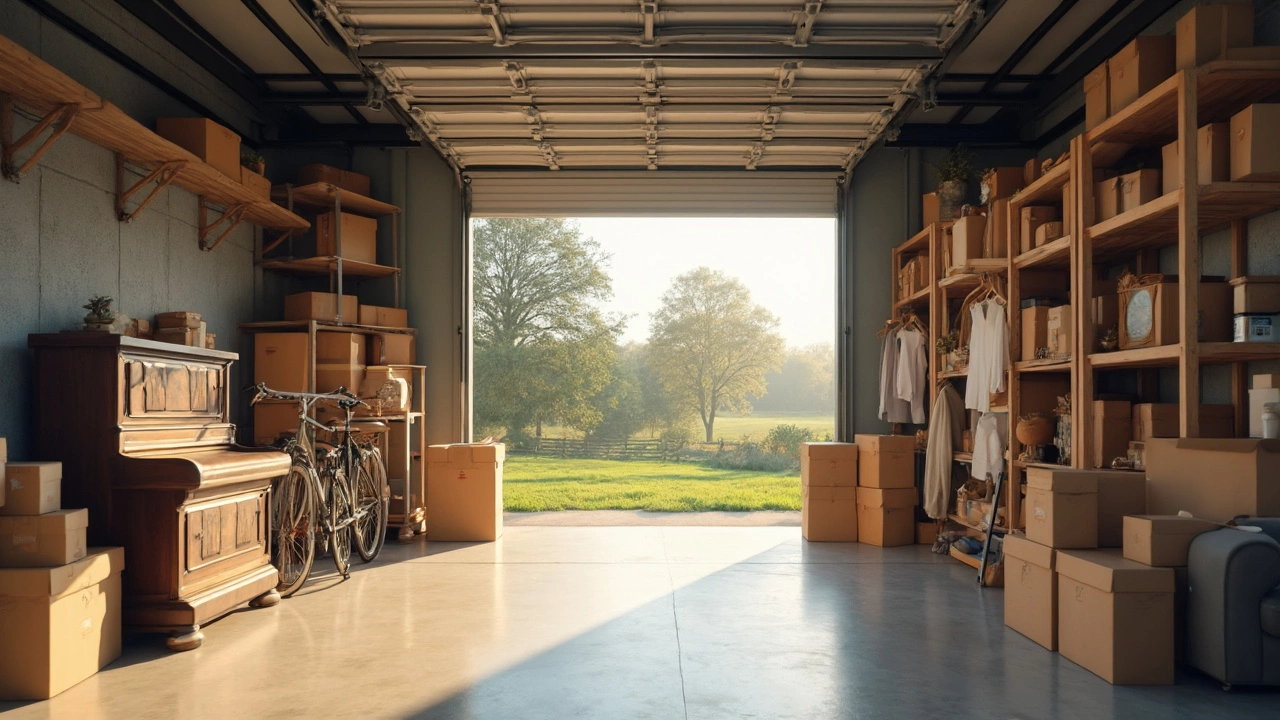Packing Tips: Simple Ways to Protect Your Stuff
Whether you’re moving across town or sending a box to a friend, packing right can save time, money, and headaches. Below are real‑world tips that work for anyone, no matter what you’re putting in a box.
Essential Packing Materials
Start with a solid base. Sturdy cardboard boxes, preferably double‑wall for heavy items, are a must. If you’re short on boxes, reuse clean ones from grocery stores – just make sure they’re still strong enough.
Bubble wrap, packing paper, and even clean socks make great cushioning. For fragile dishes, wrap each piece in a few sheets of paper and stack them with a layer of bubble wrap on top. Soft items like clothing or towels can double as padding for things that might break.
Don’t forget tape, a marker, and a permanent label. Heavy‑duty packing tape keeps boxes sealed, while a bold marker makes it easy to read what’s inside without opening the box.
Step‑by‑Step Packing Process
1. Make a quick inventory. Write down the items you’re packing and the box numbers. This helps you find things later and lets you track missing pieces.
2. Pack by room. Keep all boxes from the same room together. When you unpack, you’ll know exactly where everything belongs.
3. Heavier items go on the bottom. Place books, kitchen appliances, or tools first, then layer lighter items on top. This prevents crushing and keeps the box stable.
4. Fill empty spaces. Gaps let boxes shift and can damage fragile stuff. Toss in crumpled paper, old newspapers, or even laundry to keep everything snug.
5. Seal and label. Tape across the top seam at least twice, then label the box with its room and a brief content list. Use color‑coded markers if you want a visual cue – blue for kitchen, green for bedroom, etc.
6. Load smartly. When the boxes are on a truck or in a car, place the heaviest ones at the bottom and against the walls. Stack lighter boxes on top, and keep anything that could break upright.
7. Check the weight. A box that’s too heavy can break or cause injury. As a rule of thumb, keep each box under 40 lb (about 18 kg). If it feels heavier, split the contents into another box.
8. Protect corners. Use cardboard corner protectors or fold a piece of stiff paper around the edges of picture frames and mirrors. This little step stops costly cracks.
9. Use zip‑top bags for small parts. Screws, bolts, and remote batteries are easy to lose. Drop them in a zip‑top bag, label the bag, and tape it to the box it belongs to.
10. Plan for the unexpected. Keep a few extra boxes, tape, and padding material on hand. You’ll thank yourself when a surprise item needs a last‑minute home.
Following these steps will make your move smoother and your shipments safer. The goal isn’t just to get stuff from point A to B; it’s to keep it in the same condition when it arrives. With the right materials and a clear process, you’ll spend less time re‑packing and more time settling into your new space.
Got a packing question that wasn’t covered here? Drop a comment and we’ll share a tip that fits your situation.
Wondering how much you can actually stash in a 10x20 storage unit? This guide breaks down what 'room size' really means when it comes to self-storage. You'll learn how many rooms' worth of stuff typically fit, smart ways to pack, and key tips from movers to maximize your space. Real-life examples keep things simple so you know exactly what to expect. Ideal if you want your storage decision to be stress-free.
Jun, 7 2025
A 5x10 storage unit may sound small, but it holds more than you might expect. Perfect for a studio apartment, it's ideal for anyone needing to store seasonal items, business inventory, or fit in the contents of an attic. The key is knowing how to maximize the space effectively using smart packing techniques. With some tricks, you can organize it efficiently and utilize every inch.
Feb, 25 2025

